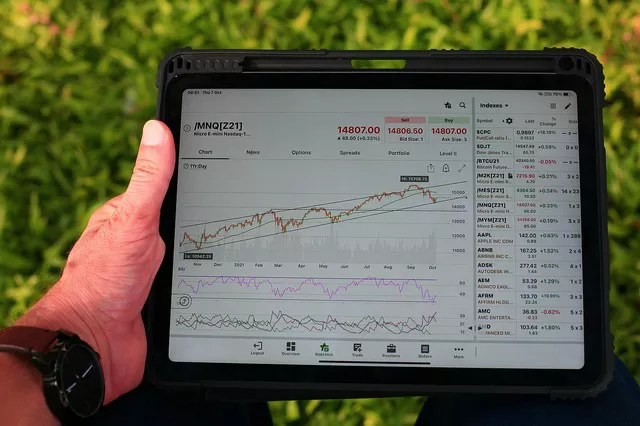Copper futures trading offers investors an opportunity to participate in the dynamic copper market, which is essential for various industries, including construction, electronics, and transportation. To navigate this market successfully, traders employ various strategies tailored to their risk tolerance, investment objectives, and market outlook. In this article, we’ll explore different copper futures trading strategies, their benefits, and considerations for traders looking to capitalize on price movements in the copper market.
Understanding Copper Futures
Before delving into copper futures trading strategies, it’s essential to understand what copper futures are and how they work. Copper futures are standardized contracts that obligate the buyer to purchase a specified quantity of copper at a predetermined price on a future date. These contracts are traded on futures exchanges such as the Chicago Mercantile Exchange (CME) and provide a mechanism for hedging against price fluctuations and speculating on future price movements in the copper market.
Trend Following Strategy
One of the most common strategies employed by copper futures traders is the trend-following strategy. This approach involves identifying and capitalizing on prevailing trends in the copper market, whether upward or downward. Traders using this strategy typically analyze price charts and technical indicators to identify patterns and momentum signals that indicate the direction of the trend. Once a trend is identified, traders may enter long or short positions in copper futures contracts to profit from the continuation of the trend.
Mean Reversion Strategy
In contrast to trend-following strategies, mean reversion strategies aim to capitalize on temporary deviations from the long-term average price of copper. This approach involves identifying periods of overbought or oversold conditions in the copper market and taking contrarian positions to profit from mean reversion. Traders using this strategy may employ technical indicators such as the Relative Strength Index (RSI) or Bollinger Bands to identify potential reversal points and time their entry and exit points accordingly.
Spread Trading Strategy
Spread trading involves simultaneously buying and selling related futures contracts to profit from price differentials or spreads between them. In the context of copper futures trading, spread trading strategies may involve trading calendar spreads, where traders take positions in futures contracts with different expiration dates, or inter-commodity spreads, where traders take positions in copper futures contracts and related commodities such as gold or silver. Spread trading allows traders to hedge against specific risks or capitalize on relative price movements between different assets or time periods.
Options Trading Strategy
Options trading provides traders with additional flexibility and leverage in copper futures markets. Options contracts give the holder the right, but not the obligation, to buy or sell copper futures at a predetermined price within a specified time frame. Traders can use options contracts to hedge against price risk, speculate on future price movements, or generate income through options writing strategies such as covered calls or cash-secured puts. Options trading requires a thorough understanding of options pricing, volatility, and risk management techniques.
Considerations for Copper Futures Trading
While copper futures trading offers opportunities for profit, it also entails risks that traders should be aware of. Price volatility, geopolitical developments, supply-demand dynamics, and macroeconomic factors can all influence copper prices and affect futures trading outcomes. Additionally, leverage inherent in futures trading can amplify both gains and losses, making risk management essential for success.
Traders should conduct thorough research and analysis before entering into copper futures positions and develop a well-defined trading plan that aligns with their risk tolerance and investment objectives. Risk management techniques such as position sizing, stop-loss orders, and portfolio diversification can help mitigate potential losses and protect trading capital. Moreover, staying informed about market developments and monitoring economic indicators and news events can provide valuable insights for making informed trading decisions.
Conclusion
In conclusion, copper futures trading offers investors a range of strategies to capitalize on price movements in the copper market. Whether employing trend-following, mean reversion, spread trading, or options trading strategies, traders can tailor their approach to their individual preferences and market outlook. However, successful trading requires discipline, risk management, and a thorough understanding of market dynamics. By carefully analyzing market conditions, implementing effective trading strategies, and managing risk prudently, traders can navigate the copper futures market with confidence and potentially achieve their investment goals.


